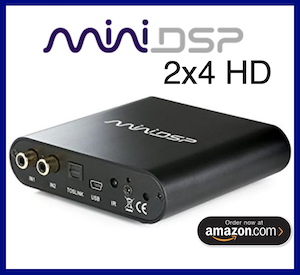AustinJerry
Member
Thread Starter
- Joined
- Jun 5, 2017
- Posts
- 223
I am involved in a discussion WRT determining the correct output voltage setting for a processor. The recommendation is to experiment with various settings and observe when the output is clipping. I don't have an oscilloscope, and would prefer not to spend the money to buy one. Can REW measure the pre-out signal to determine when there is clipping? If yes, is there a discussion of how one might do this? Thanks for any direction.












